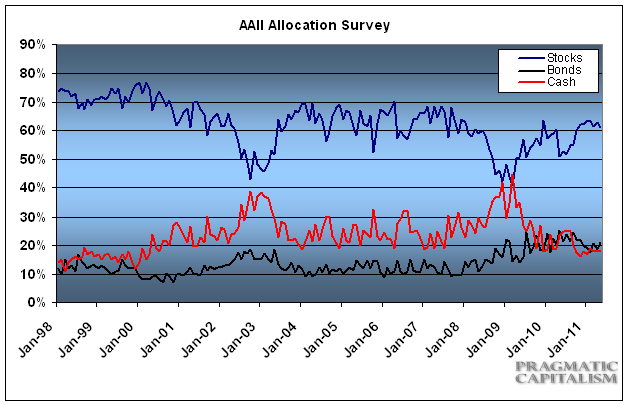by Agrimoney.com
Cotton experts have reinforced their forecast for a return to more typical conditions in the cotton market, saying that prices will become less volatile, besides suffering a "significant" decline from historically high levels.
The International Cotton Advisory Committee acknowledged that prospects for world production of the fibre had dimmed, cutting its output forecast by 300,000 tonnes to 27.3m tonnes.
Nonetheless, supplies would prove larger than had been expected thanks to bigger carryover stocks from this season, when higher prices are causing a bigger dent to consumption than had been thought.
"This season started with a firm demand from spinning mills, which were looking to rebuild their stocks depleted in 2009-10, but is ending with weaker demand," the influential intergovernmental group said.
Price impact
Indeed, the ICAC ditched expectations of a small rise in consumption this season.
| ICAC cotton forecasts for 2011-12 and (year on year change) Area: 36.3m hectares, (+8%) Production: 27.3m tonnes, (+8.8%) Consumption: 25.8m tonnes, (+3.2%) Exports: 8.3m tonnes, (+3.8%) Year-end stocks: 10.2m tonnes, (+11.7%) Stocks to use ratio: 39.5%, (4.7 points) |
With world stocks set to end next season at 10.2m tonnes, equivalent to nearly 40% of consumption, the ICAC restated a forecast that prices, as measured by the Cotlook A index, "will decline significantly" over the season, if "probably" remaining above the 10-year average of 60 cents a pound.
The Cotlook A, which measures a basket of physical cotton prices, is expected to average 165 cents a pound in 2010-11.
"It is also possible that price volatility, which has been extremely high this season, will decline in 2011-12, as increased global cotton supplies may give more confidence to market players," the committee added.
Drought threat
The forecast tallies with an outlook from Barclays Capital, which expects cotton prices "to decline in the second half of 2011 on higher global production".
"Global balances are likely to ease over the coming months, with year-on-year higher production across key cotton producers," BarCap analyst Sudakshina Unnikrishnan said on Thursday.
However, Rabobank analysts remain bullish on prices, at least over the summer, flagging the "production risks associated with recent prolonged adverse weather conditions", such as drought in Texas, the top producing state in America, which is the biggest cotton exporter.
The proportion of the Texas cotton crop rated in "good" or "excellent" condition was 33% as of Sunday, compared with 61% a year before, US Department of Agriculture data show.
More than 30% of the crop was rated in "poor" or "very poor" health – up from 3% a year ago.
'Positive bias'
"Given current new crop uncertainty in the US due to continuing hot and dry conditions, we expect price direction to maintain a positive bias in coming weeks," Rabobank said.
Luke Mathews at Commonwealth Bank of Australia added: "Forecasts that Texas will remain hot and dry though to Sunday continue to hold up the cotton market."
Nonetheless, cotton for July delivery has recovered some 13% from a mid-May low, despite losing early gains on Thursday to stand 0.3% lower at 160.44 cents a pound in New York at 12:15 GMT.













